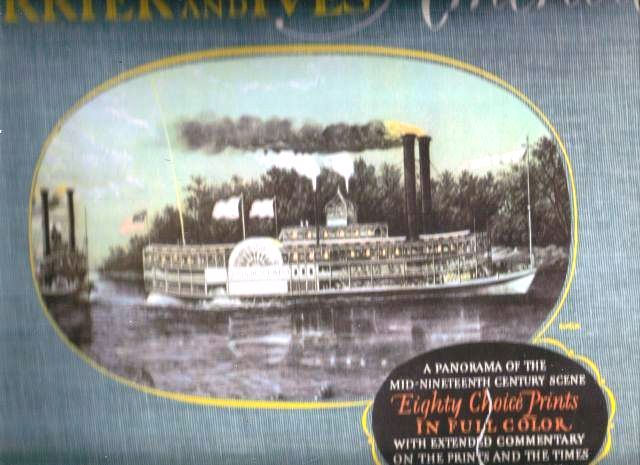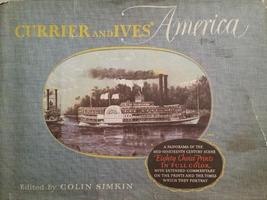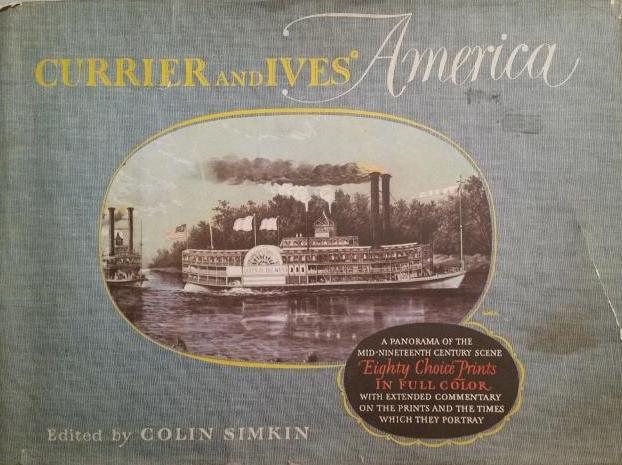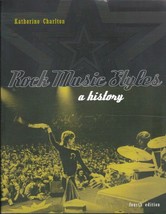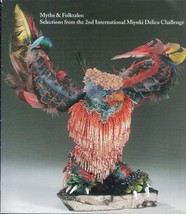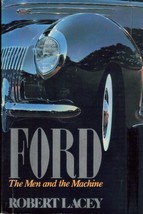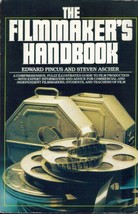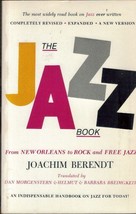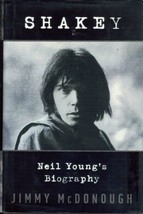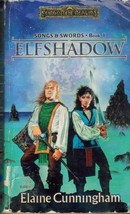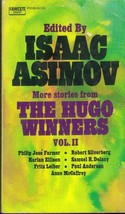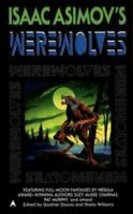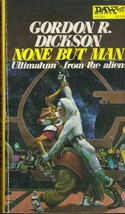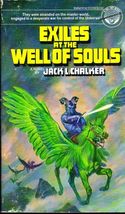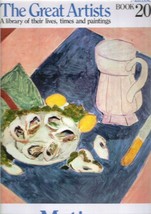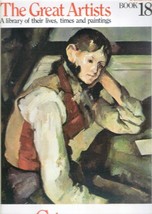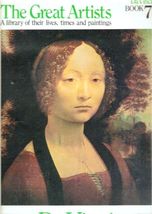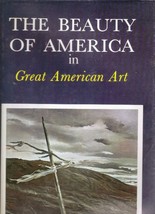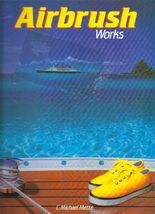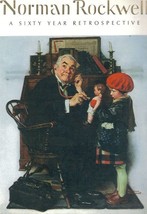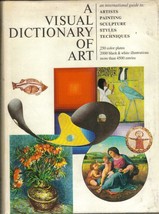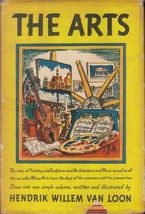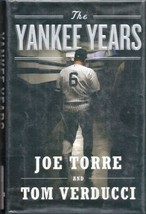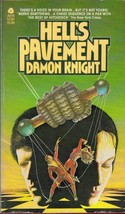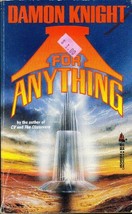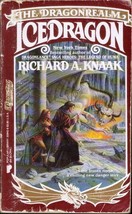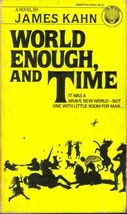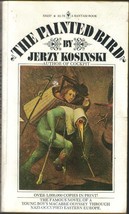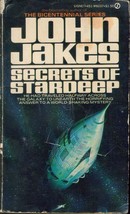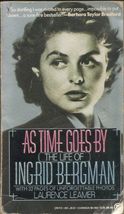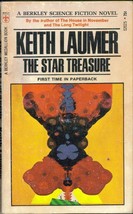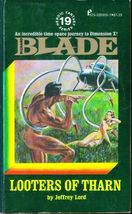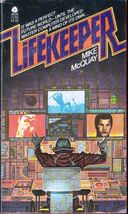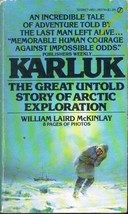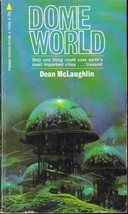Currier and Ives' America: A Panorama Of The and 50 similar items
Currier and Ives' America: A Panorama Of The Mid-Nineteenth Century Scene
$242.15 MXN
View full item details »
Las opciones de envío
No hay precio de envío se especifica en MX
Los buques de
United States

Política de oferta
OBO - El vendedor acepta ofertas en este artículo.
Detalles
La política de devoluciones
Protección de compra
Opciones de pago
PayPal accepted
PayPal Credit accepted
Venmo accepted
PayPal, MasterCard, Visa, Discover, and American Express accepted
Maestro accepted
Amazon Pay accepted
Nuvei accepted
View full item details »
Las opciones de envío
No hay precio de envío se especifica en MX
Los buques de
United States

Política de oferta
OBO - El vendedor acepta ofertas en este artículo.
Detalles
La política de devoluciones
Protección de compra
Opciones de pago
PayPal accepted
PayPal Credit accepted
Venmo accepted
PayPal, MasterCard, Visa, Discover, and American Express accepted
Maestro accepted
Amazon Pay accepted
Nuvei accepted
Rasgos del artículo
| Categoría: | |
|---|---|
| cantidad disponible: |
Sólo uno en stock, para muy pronto |
| Condition: |
Acceptable |
| Special Attributes: |
Dust Jacket |
| Author: |
Colin Simkin (Editor) |
| Language: |
English |
| Topic: |
Fine Arts |
| Format: |
Hardcover |
| Publication Year: |
1952 |
| Country/Region of Manufacture: |
United States |
Detalles del anuncio
| Envío de descuento: |
No ofrece el envío combinado |
|---|---|
| Publicado en venta: |
Más de una semana |
| Artículo número: |
1185466021 |
Descripción del Artículo
Currier and Ives' America: A Panorama Of The Mid-Nineteenth Century Scene
by Colin Simkin (Editor)
Publisher: Bonanza Books; (1952)
Hardcover with eighty color prints
Item Weight: 3.75 pounds
16 x 12 inches
Nathaniel Currier (1813-1888) and James Merritt Ives (1824-1895) were partners in the firm of Currier and Ives, the most important 19th-century lithographic company in America. Their prints were widely sold across the nation.
Nathaniel Currier, born in Roxbury, Mass., was apprenticed in his teens to a Boston lithographic firm. He established his own lithography business in New York City in 1835. The lithographer James Ives, born in New York City, entered into partnership with Currier in 1857. Currier retired in 1888, Ives a few years later; but the firm was carried on by their sons and flourished until 1907.
Lithography had begun in America in the 1820s. It was quicker and less expensive than engraving, hence the remarkable success of the firm of Currier and Ives. Soon after setting up business they produced extensive folios, usually based on paintings. Some of the work was crude, but the quality varied considerably. The star artists of the firm were Arthur F. Tait, who specialized in sporting scenes; Louis Maurer, who executed genre scenes; Fanny Palmer, who liked to do picturesque panoramas of the American landscape; and George H. Durrie, who supplied winter scenes.
So well known did Currier and Ives become that it was common to refer to any large mixed batch of prints as Currier and Ives prints. The firm was astoundingly prolific and produced prints on practically every aspect of the American scene. In the 1870s they issued four catalogs featuring 2800 subject titles.
Currier and Ives sometimes focused on current events. (In 1840 Currier produced what may have been the first illustrated "extra" in history when he depicted scenes of the fire that had broken out that year aboard the steamship Lexington in Long Island Sound.) Political cartoons and banners were commonly produced, like the Presidential Fishing Party of 1848, showing the candidates with fishing poles trying to hook fish on which names of various states are inscribed.
Historical prints were another field, and copies from the historical paintings of John Trumbull were especially popular. The Civil War print Battle of Fair Oaks, Va., May 31, 1862 shows the first balloon ever used for warfare observation. Sentimental prints included one showing a married couple walking along a riverbank and another showing a girl taking care of her little sister. There were also prints for children, such as Robinson Crusoe and His Pets and Noah's Ark; country and pioneer home scenes, which included Early Winter, a beautiful scene of people skating on a frozen pond before a snow-covered country cottage; and lithographed sheet music. Still other categories were Mississippi River prints, including On the Mississippi Loading Cotton and Midnight Race on the Mississippi; railroad prints that sometimes featured minute descriptions of trains, as in "Lightning Express" Trains Leaving the Junction; and home prints, which were produced in especially large quantities.
Currier and Ives avoided controversial subjects, although there was at least one print showing the branding of slaves prior to embarkation from Africa. Prints of sporting events focused on prize fights (like the 1835 match between John C. Heeman and the English champion Tom Sayers), boat races, and even, in the early stages of its development, baseball.
As America expanded, so did the demand for Currier and Ives prints. Today they provide a vivid picture of daily life in 19th-century America.
|
Why are we showing these items?
Booth
PSU_NittanyLion's booth |
|

-
Refine your browsing experience
We can show you more items that are exactly like the original item, or we can show you items that are similar in spirit. By default we show you a mix.
Este artículo ha sido añadido a su carrito
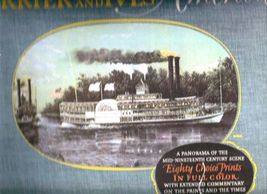 Currier and Ives' America: A Panorama Of The Mid-Nineteenth Century Scene added to cart.
Único disponible en stock
Currier and Ives' America: A Panorama Of The Mid-Nineteenth Century Scene added to cart.
Único disponible en stock
Ver el carro o seguir comprando.
 Por favor, espere mientras termine de agregar este artículo a su carrito.
Por favor, espere mientras termine de agregar este artículo a su carrito.
Get an item reminder
We'll email you a link to your item now and follow up with a single reminder (if you'd like one). That's it! No spam, no hassle.
Already have an account?
Log in and add this item to your wish list.


